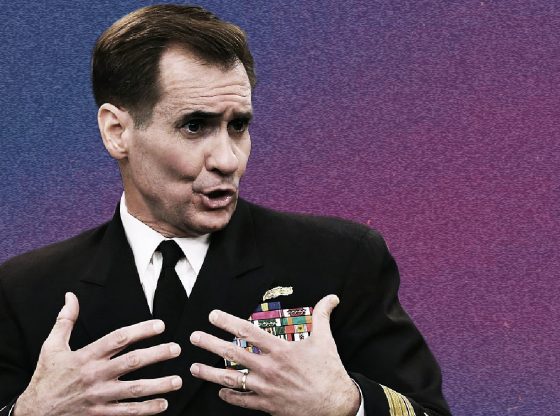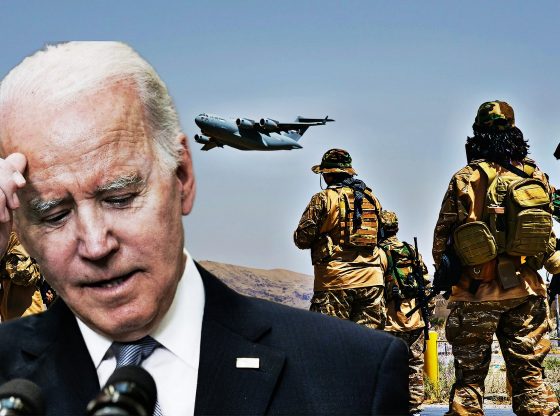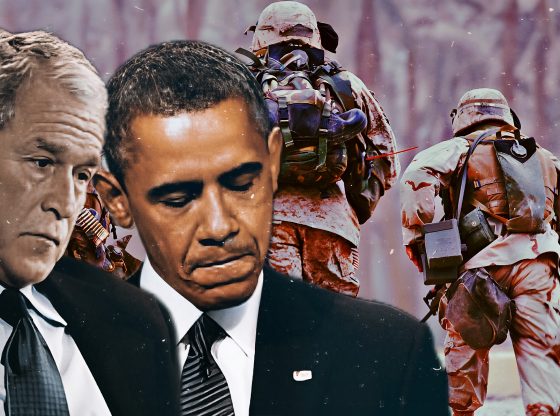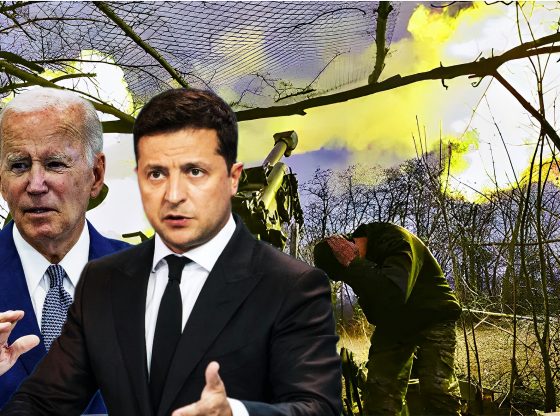Advertisement
Help President Trump Stop Joe Biden [ACT NOW]
One of President Trump’s biggest complaints with America’s European allies is their anemic defense spending to face the Russia threat. He has been insistent that NATO allies meet the minimal Alliance commitment of spending at least 2% of GDP on defense and 20% of their defense budgets on “major equipment.”
Until recently, few have met that requirement.
But the issue goes beyond the defense spending requirement. Article 3 of the NATO treaty states that, at a minimum, NATO members will “maintain and develop their individual and collective capacity to resist armed attack.” Only a few NATO members are doing so.
As Europe’s major player and wealthiest economy, Germany has been particularly ‘delinquent’ – barely reaching 1.3% of GDP for defense. This is one reason Trump finally decided to pull several thousand U.S. troops from Germany this year and redeploy some to the more vulnerable Baltic nations and frontline NATO ally Poland on Russia’s border.
This anemic European defense spending since the end of the Cold War has created embarrassing gaps in readiness and capabilities for NATO, which Trump has repeatedly called out.
However, new data documented by the Heritage Foundation seems to show that Trump’s “laser-like focus on inadequate defense spending” is paying off. Daniel Kochis writes that “In 2016, non-U.S. NATO members spent $262 billion on defense; in 2020, they will spend $313 billion.” That is a $51 billion increase – equivalent to the entire defense budget of France.
“And that is just one year. Since 2016, NATO Secretary-General Jens Stoltenberg noted that European allies and Canada will have added $130 billion to their defense budget,” writes Kochis. He adds that “In 2016, only four NATO members (including the U.S.) met the benchmark to spend 2% of GDP on defense, and only nine spent 20% of defense budgets on equipment purchases.”
The Signal notes that:
Last week, NATO announced that in 2020, 10 countries will spend at least 2% of gross domestic product on defense: Estonia (2.38%); France (2.11%); Greece (2.58%); Latvia (2.32%); Lithuania (2.28%); Norway (2.03%); Poland (2.30%); Romania (2.38%); United Kingdom (2.43%); United States (3.87%)
Additionally, 16 NATO allies will spend 20% of their defense budgets on “major new capabilities.”
Much of this can be attributed to Trump’s pressure. Some can be based on changing NATO perceptions of the growing Russia threat. Still, while these 10 countries are now meeting or exceeding their defense spending requirements, other NATO members are not, and show no plans to do so – Germany prominently among them.
Importantly, as Kochis states, “Failure to reach these benchmarks should not dampen U.S. support for the alliance or its active leadership within NATO. The U.S. remains in Europe and a leader in the alliance because it is in America’s national interest to do so.”
But, he adds, “There are a number of steps NATO and the U.S. can take to encourage NATO members to further increase defense spending in a realistic and timely way.”
Among them, more Trump pressure, and incentives – such as new U.S. bases and troops – can and should continue. If re-elected, perhaps NATO can raise its defense spending by another $50 billion under another Trump term.
Advertisement
Help President Trump Stop Joe Biden [ACT NOW]















